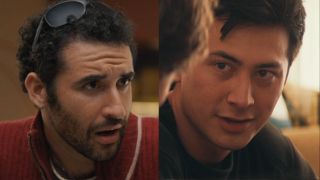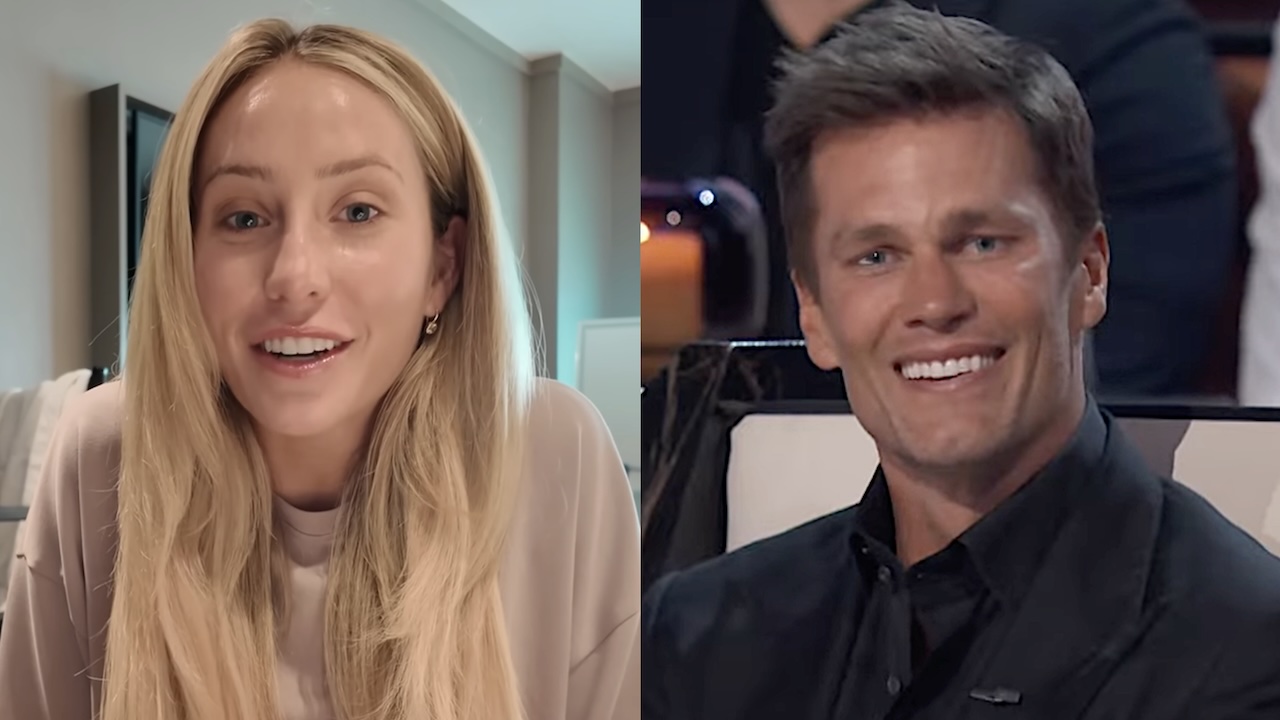hbo
Latest about hbo
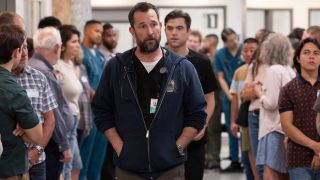
Noah Wyle's Take On Why Robby Has Issues With Langdon In The Pitt Has Me Seeing Their Relationship In A New Light
By Eric Eisenberg published
Season 2 should be fascinating for this dynamic...
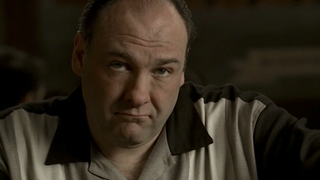
James Gandolfini’s Manager Had A Humorously Honest Response After The Sopranos’ Creator Expressed Concern That He Wouldn’t Be Right For Tony
By Corey Chichizola published
I can't imagine anyone else in this role.

‘We’re Making A Horny Show’: Heated Rivalry’s Creator Gets Real About All Those Sex Scenes (And Addresses Rumor That Kip And Scott’s Got Cut)
By Corey Chichizola published
Talk about a steamy show.

I Watched 53 TV Shows This Year, And Streamed My Two Clear Favorites On HBO Max (But They Couldn't Be More Different)
By Riley Utley published
You'd get whiplash watching these two shows back-to-back, but it's worth it.
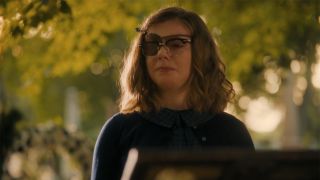
After Welcome To Derry's Finale, I Want To See Another Big Connection To The Movies In Season 2
By Corey Chichizola published
Am I wrong?
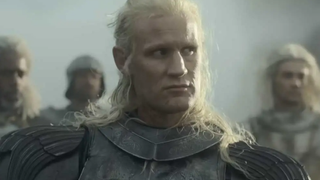
Matt Smith Gave The Middle Finger After Being Asked About House Of The Dragon Season 3, And The Video Is Too Funny
By Laura Hurley published
What would Daemon do?

The Chair Company DP Reveals Unfilmed Scene With SNL Great Jim Downey That Sounds Amazing, Even If It Would Have Broken The Show
By Nick Venable published
I'd watch a spinoff just dedicated to Ron's co-workers.

A Knight Of The Seven Kingdoms: What We Know About The Game Of Thrones Prequel, Including The Cast And The Latest Trailer
By Alexandra Ramos, Hugh Scott last updated
We're getting another spinoff of Game of Thrones, called A Knight of the Seven Kingdoms. Here is what we know about it.
CINEMABLEND NEWSLETTER
Your Daily Blend of Entertainment News
LATEST ARTICLES
